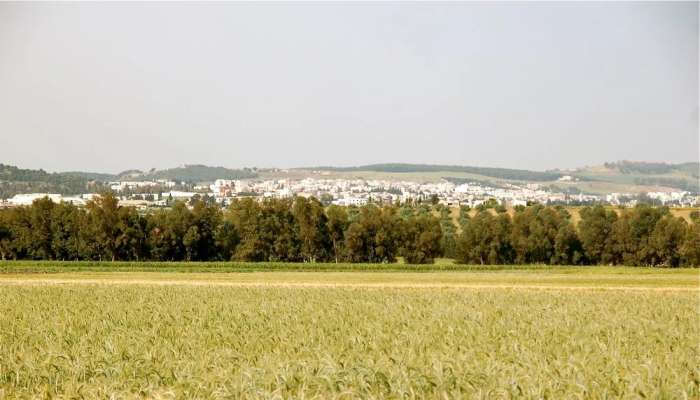
Geneva: More than 46 million hectares of agricultural land, particularly in the Arab region, are at risk due to excessive use of fertilizers and pesticides, soil salinisation from irrigation practices, increasing sand and dust storms, rising temperatures, and water scarcity linked to climate change, according to a study by the UN’s Food and Agriculture Organisation (FAO).
The organization noted that with less than 4% of land in the Arab region allocated for restoration, the area is falling short of global targets. It added that restoring 26 million hectares of degraded agricultural land could reduce the yield gap by up to 50% for oil crops and enable cereals, roots, and tubers to achieve optimal productivity.
FAO emphasised the urgent need for a specialized regional initiative—one that facilitates cross-country cooperation—tailored to local contexts and focused on rehabilitating agricultural land to enhance food security, reduce poverty, and build sustainable, resilient agrifood systems.
Globally, the organisation estimates that up to 1.66 billion hectares have been degraded by human activity, with over 60% of this area comprising agricultural land, including pastures. Given that 95% of global food production depends on land, this widespread degradation poses significant challenges to agrifood systems, prompting calls for integrated solutions to prevent, reduce, and reverse land degradation.